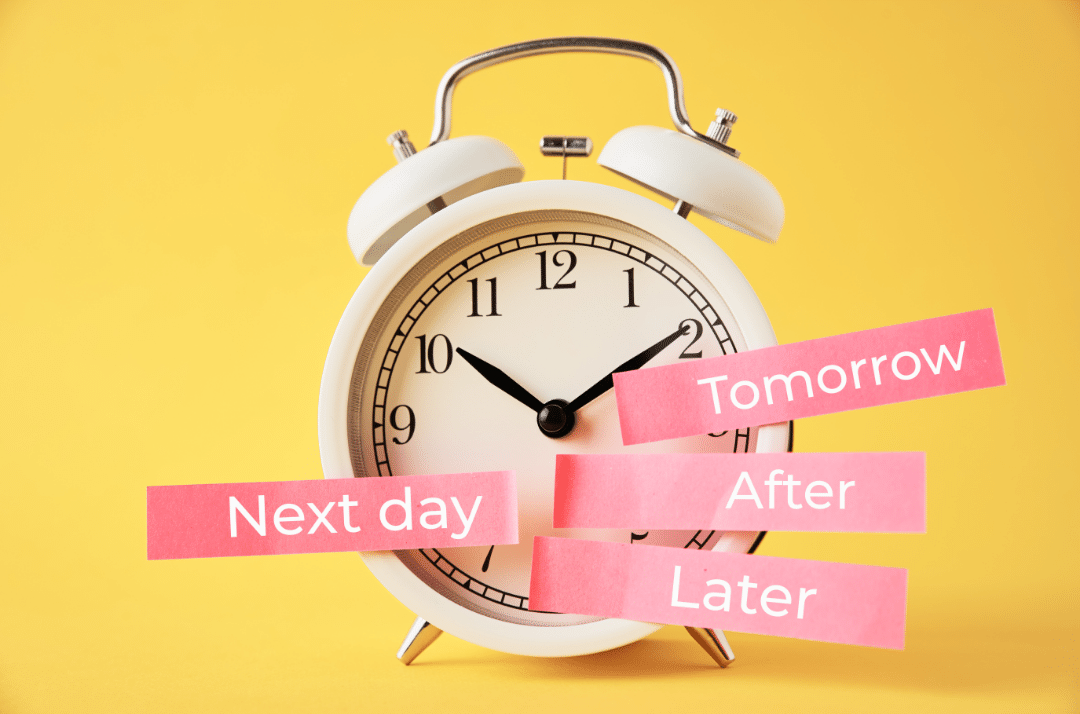Education & Career Trends: January 21, 2023
Curated by the Knowledge Team of ICS Career GPS

Content Credit:
- Article by Jessica Schrader, published on psychologytoday.com. Original article link.
Who amongst us hasn’t had the experience of knowing what we should do to feel better yet continuing to do the exact opposite? If you’re like most people, you probably have plenty of experience with procrastination. You might even be reading this post to avoid something you really need to be doing.
Most people learned to view procrastination as laziness, lack of motivation, or character weakness. The good news?
There is a reason you keep falling into the abyss between good intentions and successful outcomes—and it isn’t what you think.
What’s Really Going on with Procrastination?
Procrastination is not solely a mindset process. While your mind does impact your mood and choices, you might be surprised to learn that procrastination is first and foremost a physiological process. Procrastination is what happens when your brain perceives a real or imagined threat.
At this point, you might be wondering, “Why is my brain perceiving a threat when clearly and logically I’m totally fine?”
In a fight between your mind’s logic and your brain’s survival functions, the brain usually wins. If your brain feels unsafe for any reason, including stress, overwhelm, burnout, or trauma, your autonomic nervous system will deploy a fight/flight/freeze response. These physiological survival responses (which serve us well when we are in danger) often get mislabeled as procrastination or laziness.
Awareness of procrastination as a function of your nervous system does not excuse inertia; it explains it. Understanding the physiology behind your habits is key to sustaining long-term habit change.
To break through procrastination, it helps to know that there are two types.
2 Types of Procrastination:
The two types of procrastination are parasympathetic nervous system procrastination (PNSP) and sympathetic nervous system procrastination (SNSP). Part of the reason you might be stuck trying to jump the intention-action gap is that each type of procrastination requires a different set of interventions.
1. Parasympathetic nervous system procrastination
- Your parasympathetic nervous system is the brake pedal of your body.
- You need it to slow you down, relax, and digest your food.
- But if your parasympathetic nervous system perceives danger, you might feel exhaustion, muscle fatigue, glued to your screen, locked on your couch, sluggish, and forgetful.
- You may feel a sense of heaviness or dread, and you may struggle to make decisions. This is known as a freeze response.
- The solution to a freeze response is to up-regulate. Up-regulation techniques include letting your eyes slowly wander around a room, gentle stretching, and accessing anger in a safe and contained way.
2. Sympathetic nervous system procrastination
- Your sympathetic nervous system is the gas pedal of your body. You need it to feel energised, to mobilise, and to get out of bed when it’s cold.
- When your sympathetic nervous system perceives a threat, you might experience racing thoughts, “productive procrastination” (aka doing everything on your list except the one thing you really need to be doing), not being able to relax, restlessness, irritability, and elevated heart rate.
- This is known as a fight-or-flight response.
- The solution to a fight/flight response is to down-regulate.
- Down-regulation techniques include jumping, pushing or pulling, laying on the ground, and making extended eye contact with someone you trust.
What if I Don’t Feel Like Doing This?
Fortunately, you don’t need to feel motivated for down-regulation and up-regulation techniques to work. Motivation is the consequence of emotional regulation, not the antecedent. Don’t beat yourself up if you “don’t feel like” doing something—and don’t wait until you feel motivated to take action. A micro-yes that moves you forward is preferable to a macro step untaken.
So, forget motivation—and do this instead: When you want to get moving, don’t berate yourself. Shaming self-talk produces stress hormones which will further aggravate your body’s threat response.
Instead, ask yourself if you’re stuck in a sympathetic (gas pedal) or parasympathetic (brake pedal) response. Then follow these three steps.
- Say to yourself (preferably out loud), “There is nothing wrong with me. I’m stuck because my nervous system is trying to help me.”
- Make a list of three tiny choices available to you right now.
- Pick the easiest of the three and do it.
Do’s and Don’ts
Do:
- Do remember that you can train your brain to learn new things.
- Do tell yourself that you are not flawed and you are not alone if you struggle with procrastination.
- Do find the smallest possible “yes” you can do—and do it.
Don’t:
- Don’t assume “this is just the way I am.” Your brain is not set in stone.
- Don’t give yourself a pass and blame survival physiology for inaction. Explanation does not equal excuse.
- Don’t ask “why” you are stuck. You don’t need to know why to get moving.
…
Have you checked out yesterday’s blog yet?
The Ultimate Guide to Transform Your Digital Life in 2023
(Disclaimer: The opinions expressed in the article mentioned above are those of the author(s). They do not purport to reflect the opinions or views of ICS Career GPS or its staff.)
Like this post? For more such helpful articles, click on the button below and subscribe FREE to our blog.




